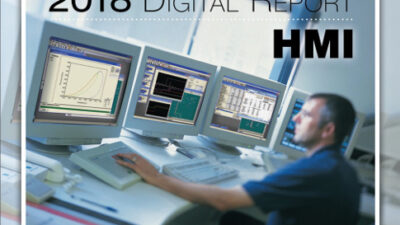a href="http://www.embedded-forecast.com" target="_blank">Embedded Market Forecasters (EMF), a strategic consulting and embedded research firm, recently issued a report that shows embedded systems developers are applying benefits of Model-Driven Development (MDD)—a method based on Unified Modeling Language (UML) 2.0—to achieve design economy, enhanced design capability, and significant development cost savings.
Embedded Market Forecasters (EMF), a strategic consulting and embedded research firm, recently issued a report that shows embedded systems developers are applying benefits of Model-Driven Development (MDD)—a method based on Unified Modeling Language (UML) 2.0—to achieve design economy, enhanced design capability, and significant development cost savings. The EMF report is called “Reducing OEM Development Costs and Enabling Embedded Design Efficiencies Using the Unified Modeling Language.”
EMF discusses the UML 2.0 standard and outlines how four major UML tool offerings are differentiated. Tools evaluated include Artisan ‘s Real-time Studio 4.3; IBM Rational ’s Rose RealTime 6.0; I-Logix ’ Rhapsody 5.0; and Telelogic ’s TAU Generation2 (2.2). Also included in the study is a “Model-Driven Development Buyer’s Checklist” of key criteria to help evaluate UML-based, MDD environments.
Among finding in Embedded Market Forecasters’ report are:
-
Model-Driven Development—Survey result show that more than a third of embedded developers use simulation modeling and automatic code generation to address challenges of increasing design complexity and shrinking market windows. Use of MDD is increasing.
-
Standard methodology—UML has emerged as the simulation-modeling language of choice, with UML 2.0 as the standard.
-
Modeling accuracy and completeness—While the four major tool vendors claim to support both Model-Driven Development and UML 2.0, users need to look at key areas of differentiation when selecting an MDD environment.
“With rapidly-increasing design complexities and shrinking market windows, traditional embedded software development models no longer are adequate,” says Jerry Krasner, Ph.D., vice president of EMF and its parent company, American Technology International. “In fact, our surveys over the past three years show that [more than] 33% of embedded developers responding report that their final designs are not within 50% of their design expectations.”
—Frank J. Bartos, executive editor, Control Engineering, [email protected]


